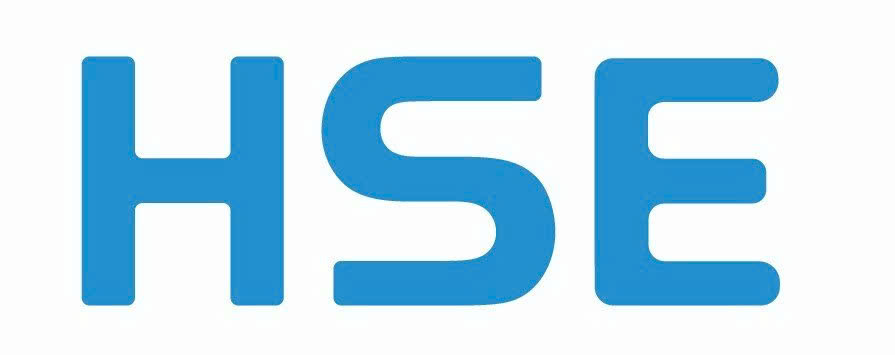Check valves are widely used in various industries, including oil and gas, water treatment, chemical processing, and HVAC systems. As a result, the product range of check valves is diverse and can vary based on factors such as size, material, and application requirements.
Check valves are available in a wide range of sizes, from fractions of an inch to several feet in diameter, and can be made from materials such as PVC, stainless steel, carbon steel, bronze, and brass. They can also be designed to handle different types of fluids or gases, from corrosive chemicals to high-pressure steam.
Some of the most common types of check valves include swing check valves, wafer check valves, ball check valves, and lift check valves. Each type has its own unique design features and advantages, such as the ability to handle high flow rates, provide low cracking pressure, or minimize water hammer.
Check valves can also be classified based on their end connections, which may include threaded, flanged, or welded connections, among others. This allows for easy installation and removal of the valve in the system.
Overall, the product range of check valves is extensive, and customers should select the appropriate valve based on their specific needs and application requirements. Factors such as flow rate, pressure, temperature, and fluid type should be considered when choosing a check valve to ensure safe and reliable operation.


Reviews
There are no reviews yet.